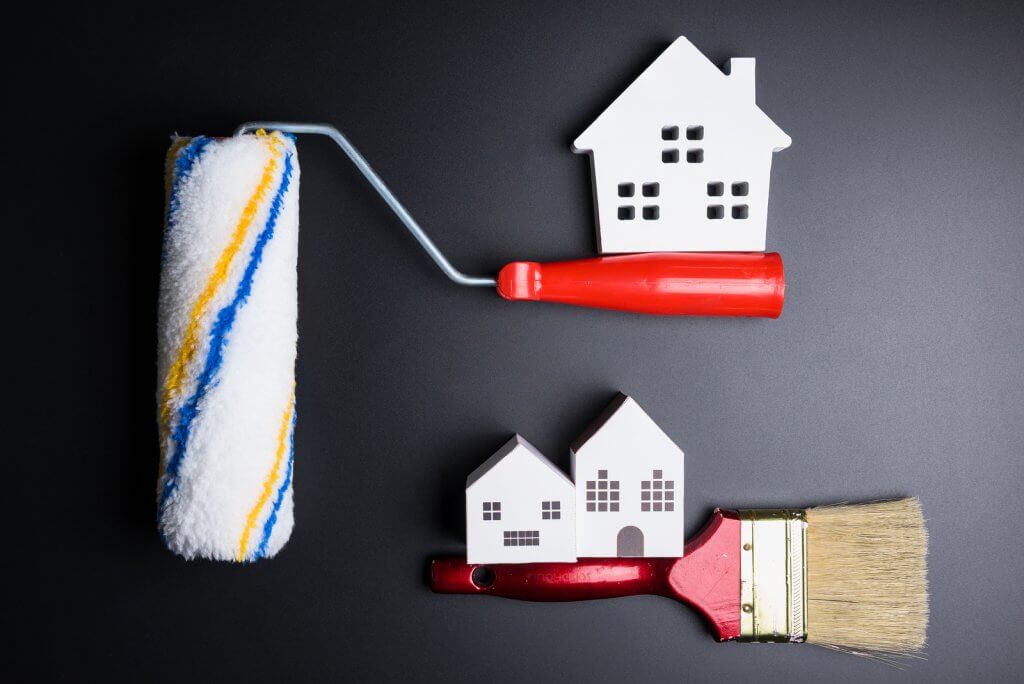
At K&G Lettings Limited, we are often asked by tenants whether they can decorate the property they are renting. The answer is Yes, but only with the written permission of the landlord and, only if the decoration is undertaken to the required standard. If the tenant does not get the written permission of the landlord they could be held responsible for returning the property to its previous décor. This can be expensive if professional decorators are used.
If a tenant would like to decorate the property, it is essential they write to the landlord or letting agent responsible for the property. The letter should provide detailed information on the plans for decoration, including details such as:
- Address of property to be decorated.
- Room(s) to be decorated.
- Colour(s) to be used.
- Materials to be used (pain/wallpaper) etc.
- Who will undertake the work, yourself or a professional decorator?
- Do you intend to replace the:
- Soft furnishings (carpets/curtains)?
- Light fittings?
- What do you intend to put in their place?
- Do you intend to paint the wood work (skirting boards/doors/architrave)? If so, what colour?
Landlords are more likely to approve decoration in neutral colours. This is because neutral colours are favoured my landlords when letting property and, assuming the decoration is undertaken to the required standard, the property will not require redecoration when the tenant leaves.
If the tenant’s ideas for decoration differ from the landlords, the request may be refused or accepted with conditions. Often these conditions stipulate the tenant can decorate, as long as the property is returned to its previous décor before the tenant completes their tenancy. Failure to do so will result in the costs of redecoration being deducted from any deposit and the tenant being liable for any shortfalls.
Tip: If the intention is to replace the soft furnishings or light fittings, ensure they are not thrown away but are cleaned and packaged in protective containers and stored securely in a dark, dry place. Storing these items means they can be used to return the property to its previous décor.
Summary:
- Tenants can only decorate a rented property if they receive permission in writing from their landlord.
- Tenants who wish to decorate should write to their landlord outlining in detail their plans for redecoration.
- Landlords are more likely to agree to tenants decorating if the tenant agrees to return the property to its previous décor or, the proposed décor is neutral and the decoration is undertaken to the required standard.
- Tenants that decorate a property without the consent of the landlord and move out without returning it to its previous décor could be liable for the costs incurred by the landlord in returning the property to its original décor.



